I have been trying to connect a 6116 to an ATMega128 in Proteus. I have the following schematic:

I can somewhat write to 6116 but I don't think I am accessing to correct addresses. I used the following code to test if everything was working correctly:
.include "m128def.inc"
ldi r16, 0x80
out MCUCR, r16
clr r16
sts XMCRA, r16
ldi r16, 0x03
sts XMCRB, r16
ldi r16,1
sts 0x1100, r16
here: jmp here
So when I run this code, I expect to see value 1 at $0000 of 6116. However, this is what I see:

value 1 appears at $0100 of 6116. What am I missing here, what is wrong? I am extremely new to this and sorry if I butchered something.
Edit: Here are the settings that I get when I double click on the MCU



